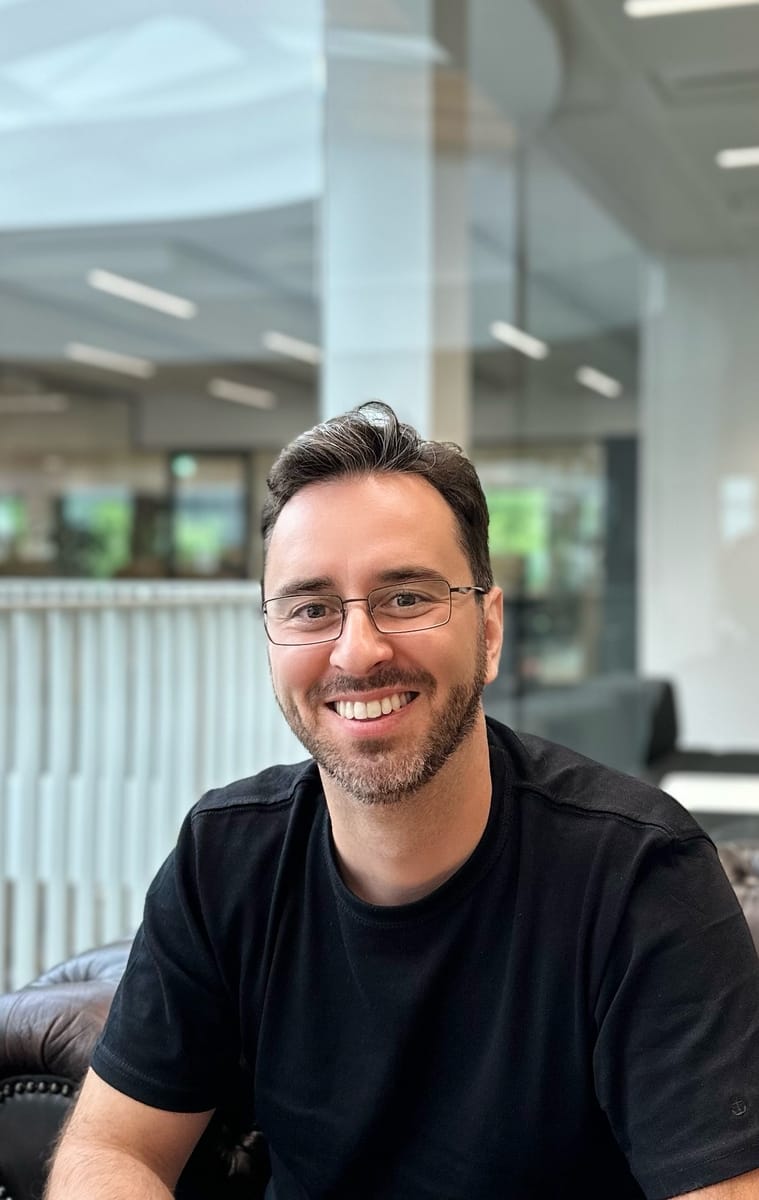Good morning!
Welcome to First AI Movers Pro—the newsletter that tracks the front line of AI innovation and what it means for real-world builders. Today, we’re digging into a milestone for developers and AI: intelligent code agents that travel with you, far beyond the desktop.
Main Story: Cursor’s Mobile-First Coding Agents—Development Without Limits
Mobile-first development: Cursor, once a desktop-centric AI code editor, now lets developers launch AI coding agents from any browser—mobile, tablet, or computer. Its Progressive Web App enables high-powered, on-the-go software development, native to iOS or Android.
Autonomous task execution: Let your AI “pair programmer” run feature builds, bug fixes, or codebase Q&A in the cloud, while you’re away. Start a task on mobile in natural language, and Cursor agents will work independently so you can review or merge when you’re back at your laptop.
Cross-platform workflow: With Slack integration, developers get notified of task completion and can even trigger @Cursor commands in chat. This closes the loop: now, coding can be as universal and continuous as messaging.
From Monitors to Mobility—Why AI Agents (and MCP) Are the Next Leap
We’re living through a transformation in how—and where—coding happens. In my recent MCP deep-dives, I get into how the Model Context Protocol (MCP) and similar agent standards are setting the rules for a new, device-agnostic developer workflow. Traditionally, developers were tied to the “flow state” of multiple monitors, big IDEs, and physical desks. But with protocols like MCP, agents gain the context needed to adapt seamlessly across devices—whether on desktop, mobile, or cloud.
MCP acts like a “universal plug” for agents: it defines how tools, data, and user intent are packaged as context and handed off to AI, enabling agents to move across apps and platforms without missing a beat. For example, you might start a task at your desk, hand it off to a mobile agent on the train, and pick it back up via a Slack or browser notification—all coordinated by shared agent context.
Practical upshot:
Portability: Agents are no longer siloed; they become context-aware bridge-builders between your desktop IDE, web browser, Slack, and now, phone.
Persistent workflows: With MCP, progress, code changes, and even debugging history sync automatically, so you can safely context-switch and never lose momentum.
Integration: Tools like Cursor take it further—by conforming to MCP, they can plug into broader ecosystems (e.g., triggering build tasks from Slack or combining outputs with other agent tools).
Bottom line: Just as USB-C standardized how devices connect, MCP and agent protocols will standardize how people connect to coding agents, enabling mobility, collaboration, and innovation at any touchpoint of your digital life. If you’re interested in the technical deep dive or want practical walkthroughs, check out my API Era of Agents and protocol comparison guides.
My Take
This isn’t just another feature drop—it’s a cultural shift. The democratization of development enables everyone, not just seasoned engineers, to “vibecode” from anywhere. The idle minutes spent doomscrolling can now power bursts of creative building. With AI agents becoming mobile-first, coding is more accessible than ever, and the global developer community can create continuously across devices and moments.
As someone committed to making AI adoption actionable, it’s clear that the next wave of innovation is contextual—tools adapt to us, not the other way around. I’ll be unpacking more about MCP and agent workflows in upcoming pieces, because I believe the future belongs to those who can create (and iterate) at the speed of their curiosity.
What could you launch if you could build from anywhere? If this evolution in software development sparks ideas or if you’ve got your own “agent-in-the-wild” story, hit reply—I’d love to hear and feature your experiences.
Stay creative, stay mobile, and always keep moving first,
— Dr Hernani Costa
This insight is brought to you in partnership with:
Learn how to make AI work for you
AI won’t take your job, but a person using AI might. That’s why 1,000,000+ professionals read The Rundown AI – the free newsletter that keeps you updated on the latest AI news and teaches you how to use it in just 5 minutes a day.
